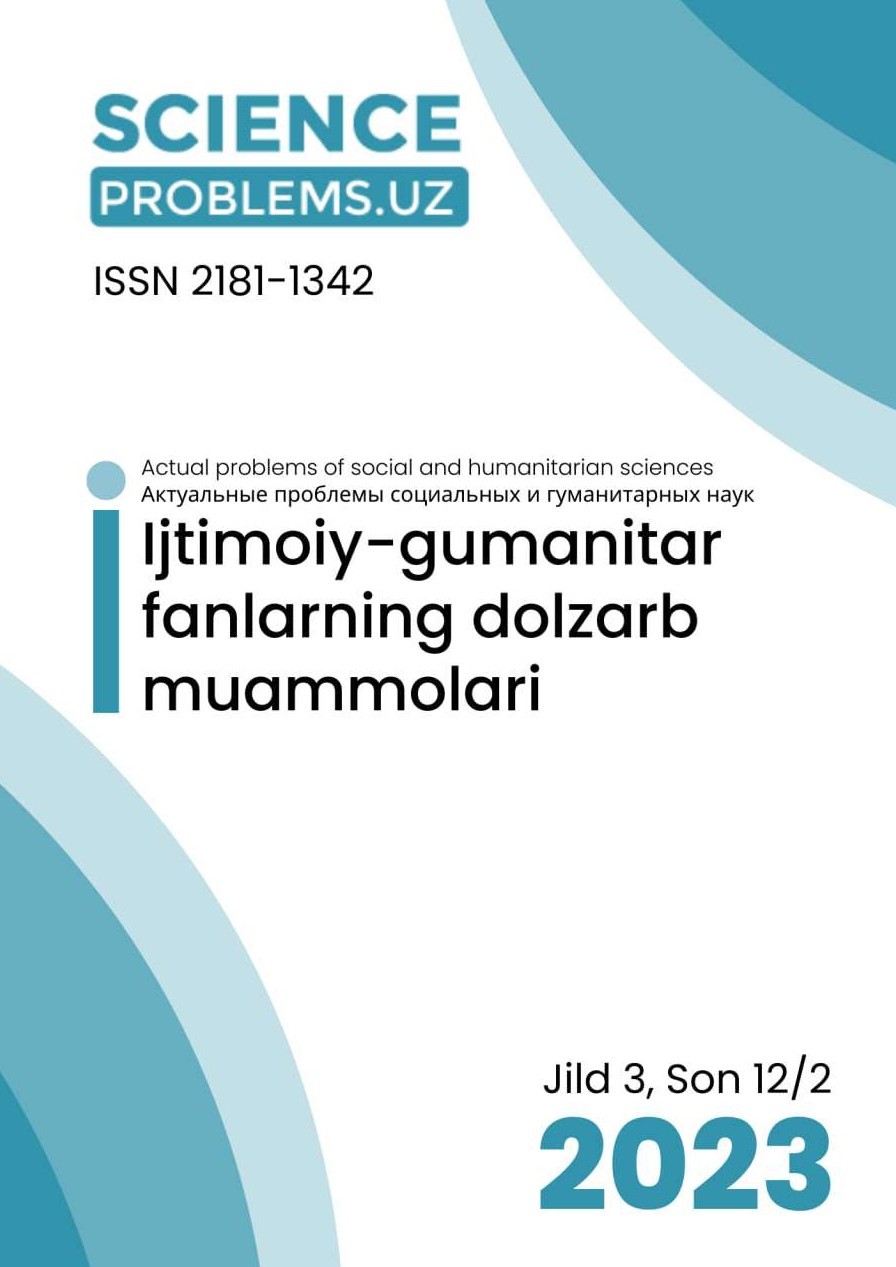CORRESPONDENCE OF FORM AND MEANING IN THE PROCESS OF TRANSLATION OF ENGLISH ADVERTISING SLOGANS
DOI:
https://doi.org/10.47390/SPR1342V3I12.2Y2023N20Keywords:
translation, translation process, transformation, lexical correspondence, partial correspondence, transliteration, non-similar lexicon, translation unit.Abstract
in this article, the translation process and its specific difficulties are studied on the example of translation of English advertising slogans into Uzbek. In this process, information is provided about the transformation phenomenon used to achieve lexical and semantic compatibility, and the types of lexical correspondence.
References
Aznaurova E. S. Translation: theory and practice. T.: “Ukituvchi” 1989. p.5
Fayzullayeva R. Yoʻllar yiroq, koʻngillar yaqin // Tarjima san’ati (Maqolalar toʻplami). – Toshkent, 1973. B.257
Muhammadiyeva H. Tilshunoslikka kirish. Ma’ruzalar matni. Namangan, 2011. – 43-b.
G'ofurov I., Moʻminov O., Qambarov N. Tarjima nazariyasi: Oliy oʻquv yurtlari uchun oʻquv qoʻllanma. – Toshkent. Tafakkur-Boʻstoni, 2012. -109-b
Бархударов Л.С. Язык и перевод. М.,1978. 72-c.
www.wikipedia.uz








